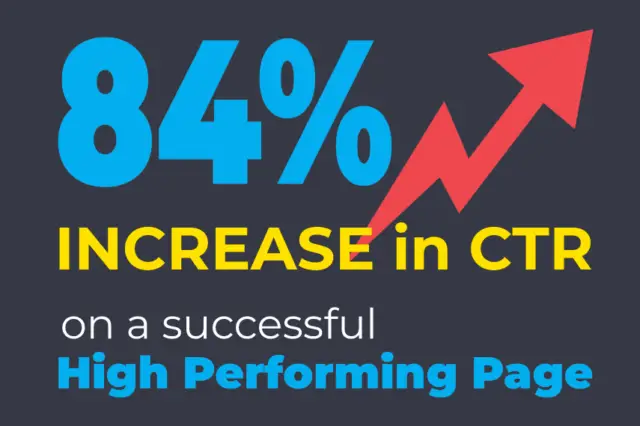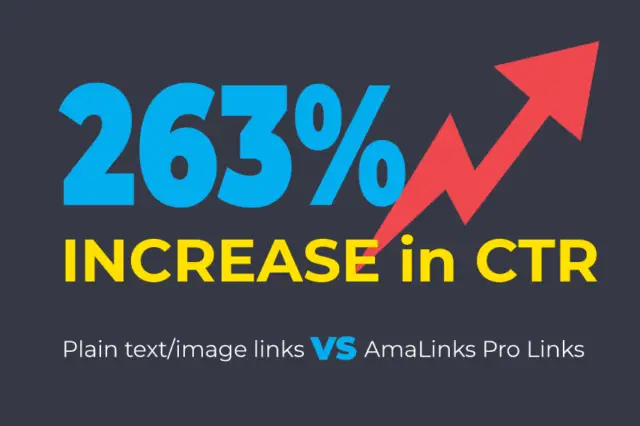Term:
responsive design
Definition:
In the digital age, responsive design has become a crucial aspect of web development. A responsive design allows a website to adapt to the screen size of the device on which it is viewed, ensuring that the site looks good and functions properly on a range of devices, from desktops and laptops to tablets and smartphones. In this article, we will explore the concept of responsive design and its background.
To understand responsive design, it is essential to take a step back and consider the evolution of the internet. The first websites were designed for desktops and laptops, which had standard screen sizes and resolutions. As mobile devices began to enter the market, developers were faced with the challenge of ensuring that websites could be viewed on smaller screens and with different resolutions.
Initially, web developers addressed this challenge by creating separate versions of a website for desktop and mobile devices. The desktop version of a website would be designed with a fixed layout, while the mobile version would be a simplified version with fewer features. This approach created several problems, including the need to maintain two separate versions of a site, which could be time-consuming and expensive.
Enter responsive design, a solution that addresses the problem of designing for multiple screen sizes and resolutions. The basic concept of responsive design is to create a website that can adapt to the screen size of the device on which it is viewed. This is achieved by using a flexible layout that adjusts to the size of the screen, rather than a fixed layout. Responsive design also includes the use of fluid images and media queries to control the appearance of the site on different devices.
The term “responsive design” was coined by Ethan Marcotte in his 2010 article for A List Apart. In this article, Marcotte introduced the idea of creating websites that respond to the needs of users, rather than forcing users to adapt to the limitations of the site. This concept has been embraced by web developers around the world, and responsive design has become the standard approach to web development.
Having a responsive design can make websites more accessible to users. With the increasing popularity of mobile devices, users expect to be able to access websites on their smartphones and tablets. A website that is not optimized for mobile devices can be difficult to navigate and read, leading to a frustrating user experience. By using responsive design, web developers can ensure that their sites are accessible on a range of devices, which can help to increase user engagement and improve user satisfaction.
A responsive design can improve the speed of a website. A site that is optimized for mobile devices will typically load faster than a desktop site viewed on a mobile device. This is because the site has been designed with mobile devices in mind, and the code is optimized for the smaller screens and lower processing power of these devices. A faster site can lead to increased user engagement and improved search engine rankings.
Responsive design also offers a more cost-effective approach to web development. Instead of creating separate versions of a website for different devices, developers can create a single responsive site that works well on all devices. This can reduce the time and cost of development, as well as the ongoing maintenance required to keep multiple versions of a site up-to-date.
Responsive design is a crucial aspect of web development in the digital age. By creating websites that can adapt to the screen size of the device on which they are viewed, developers can ensure that their sites are accessible and user-friendly on a range of devices, from desktops and laptops to smartphones and tablets. Responsive design offers many benefits, including improved user experience, faster site speed, and a more cost-effective approach to web development. As mobile devices continue to grow in popularity, responsive design will only become more important in the years to come.
Responsive design is a way of designing web pages so they adapt and display optimally on all screen sizes. A responsive website will look different on a mobile device, table, and large computer screen. Mobile traffic is at an all-time high and growing, so it’s very important to have a responsive design and website. Without a responsive design, a website designed for a large screen would look too small to read on a mobile device.
Related:

Miles Anthony Smith
Miles is a loving father of 3 adults, devoted husband of 24+ years, chief affiliate marketer at AmaLinks Pro®, author, entrepreneur, SEO consultant, keynote speaker, investor, & owner of businesses that generate affiliate + ad income (Loop King Laces, Why Stuff Sucks, & Kompelling Kars). He’s spent the past 3 decades growing revenues for other’s businesses as well as his own. Miles has an MBA from Oklahoma State and has been featured in Entrepreneur, the Brookings Institution, Wikipedia, GoDaddy, Search Engine Watch, Advertising Week, & Neil Patel.




